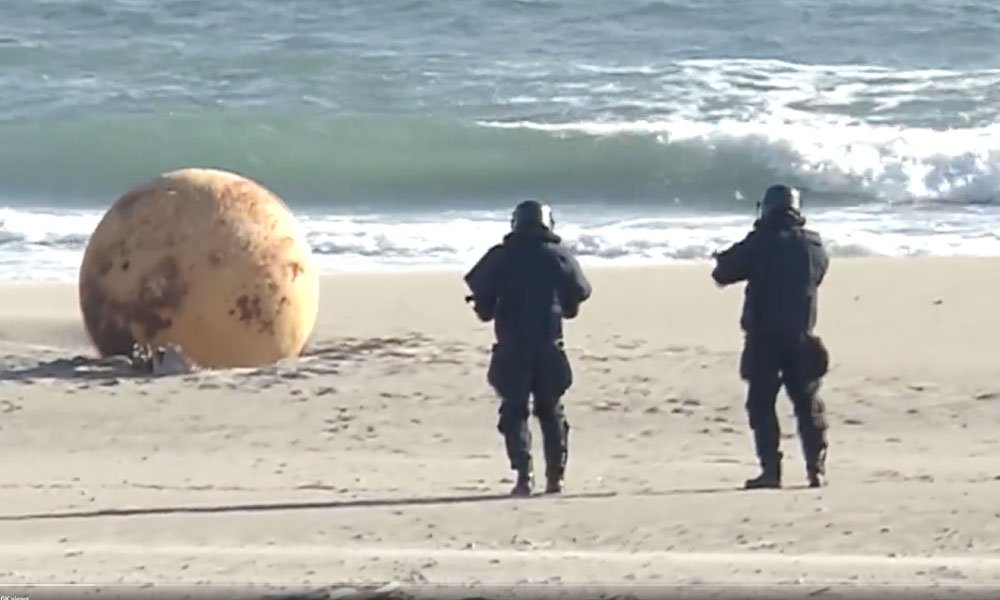A top Harvard scientist is warning that a strange object flying through our solar system may not be what NASA says it is. In fact, he believes it might be something much more serious—possibly an alien spacecraft.
“We’ve never seen such a thing,” said Professor Avi Loeb, a Harvard astrophysicist, during an interview on News Nation.
The object—named 3I/ATLAS—was spotted on July 1 by a NASA-funded telescope in Chile. NASA quickly labeled it an “interstellar comet” and said it “poses no threat to Earth.” But Loeb, who’s published two research papers on the object, says NASA may be jumping to conclusions.
“The brightness of the object implies a diameter of 20 kilometers,” Loeb said. “There’s not enough rocky material in interstellar space to deliver such a giant object.”
He added: “It takes 10,000 years for that much mass to arrive to the inner part of the solar system.”
Loeb points to several red flags that make 3I/ATLAS unlike anything seen before.
First, its path through the solar system is unusually precise.
“The trajectory of this object is very finely tuned,” he said. “It lies in the plane of the orbits of the planets around the sun, to within five degrees. The chances of that to happen is one in 500.”
Even more strange: the object passes by Jupiter, Mars, and Venus with exact precision. Loeb calculated the odds of that happening randomly to be about one in 20,000.
But perhaps the most bizarre detail? What the Hubble Space Telescope saw when it captured an image of the object.
“Usually, for comets you see a trailing tail behind the object,” Loeb said. “Here, the glow from behind the Hubble Space Telescope image is actually in front of the object.”
That behavior doesn’t match any known natural comet.
Loeb has even raised the possibility that 3I/ATLAS might be artificial—and not necessarily friendly. In one paper, he warns that if the object is an alien ship with “malign” intentions, the result could be “dire for humanity.”
Florida Rep. Anna Paulina Luna agrees it’s worth investigating. She recently urged NASA Administrator Sean Duffy to use the Juno spacecraft—currently orbiting Jupiter—to take a closer look. That’s the closest the object will get to any planet.
Loeb supports the idea. In his paper, he proposed giving Juno a fuel boost to make a close flyby of the object. It would give scientists better data than anything we can get from Earth.
“Why should we assume that we are the only one in our cosmic neighborhood?” Loeb asked.
Watch Loeb’s interview below from News Nation:


















